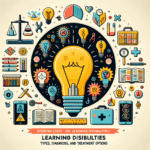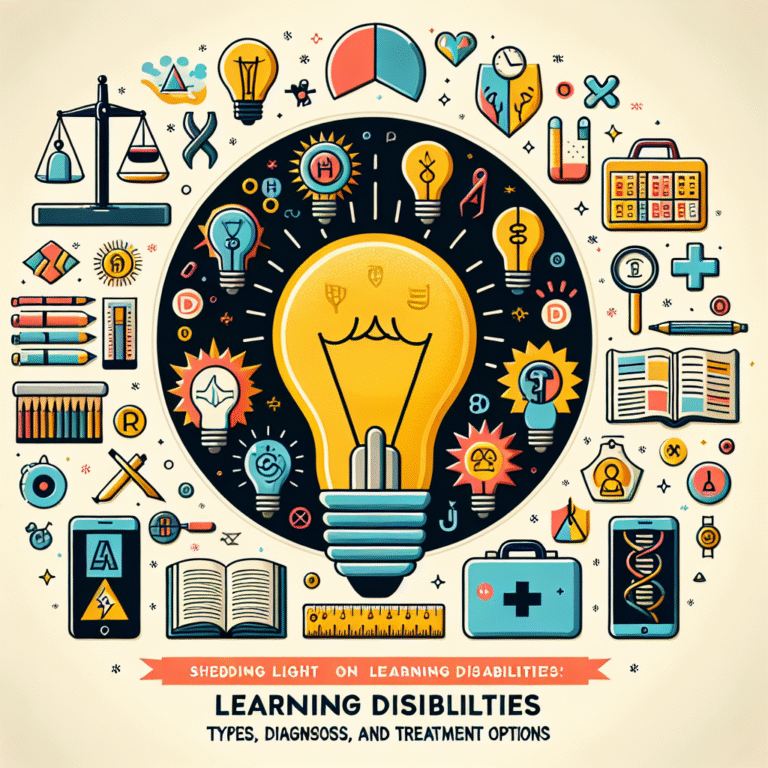
Introduction
In an age where knowledge doubles every few years, understanding how we learn has never been more important. From educators to policymakers, everyone is seeking to maximize the learning potential of students. So, what if there was a way to merge theoretical insights with practical applications in educational settings? Enter The Science of Learning: Bridging Theory and Practice in Education, a transformative approach that can revolutionize teaching and learning.
Imagine a classroom where every student thrives because their unique learning styles are embraced. Picture a world where every educator has the tools and understanding needed to adapt their teaching methods based on solid scientific research. This is not a distant dream; this is the potential of bridging the science of learning with practical pedagogy.
In this article, we will explore this intersection, providing valuable insights into how education systems worldwide can harness the power of scientific research to enhance learning outcomes. We’re not just theorizing; we’re offering actionable strategies, real-life examples, and the underlying principles that make The Science of Learning: Bridging Theory and Practice in Education a critical aspect of modern education.
Understanding the Fundamentals of Learning Theory
Types of Learning Theories
Education is grounded in various learning theories that shape how we understand and approach teaching. Here are some pivotal theories:
Behaviorism: This theory posits that learning is a response to external stimuli. By employing reinforcement and punishment, educators can shape behavior.
Cognitivism: Focused on the mental processes involved in learning, cognitivism emphasizes understanding how information is processed, stored, and recalled.
- Constructivism: Here, learners build their own understanding, making connections between new and existing knowledge. This active engagement is foundational for deep learning.
Case Study: The Behaviorist Approach in Action
In a elementary school in Texas, teachers used a behaviorist framework to improve student attendance. By rewarding students with points for each day they showed up, results improved by 20%. This is a clear example of how The Science of Learning: Bridging Theory and Practice in Education utilizes effective theories for real-world results.
How Neuroscience Influences Learning
Neuroscience delves into how the brain learns. Insights from neuroplasticity—the brain’s ability to rewire itself—are crucial. Understanding this can help educators create environments that foster better learning outcomes.
Table: Key Findings from Neuroscience and Their Application in Education
| Neuroscience Finding | Application in Education |
|---|---|
| Neuroplasticity | Encourages a growth mindset in students |
| The Role of Sleep | Stresses the importance of rest and study breaks |
| Emotion and Learning | Uses emotional engagement to enhance retention |
Bridging Theory and Practice: Practical Implications
Practical Strategies for Educators
Translating theory into practice requires actionable steps. Here are several proven techniques that embody The Science of Learning: Bridging Theory and Practice in Education:
Active Learning: Incorporate group discussions, problem-solving exercises, and hands-on activities.
Feedback Loops: Regular, constructive feedback helps students understand their learning paths.
- Differentiated Instruction: Cater to diverse learning needs through customized teaching approaches.
Case Study: Implementing Active Learning
In a high school biology class in California, the teacher replaced traditional lectures with active learning modules. Students engaged in group projects, leading to a 30% increase in test scores. This aligns perfectly with the principles laid out in The Science of Learning: Bridging Theory and Practice in Education.
Technology as a Bridge
Technology can significantly enhance learning experiences. By integrating tools like learning management systems (LMS) and gamified platforms, educators can make learning more interactive and appealing.
Example: Using Gamification in Education
A Chicago-based university introduced gamified elements to its introduction to psychology course. This implementation resulted in increased engagement and a boost in final exam scores, demonstrating the successful merging of technology with learning theories highlighted in The Science of Learning: Bridging Theory and Practice in Education.
Overcoming Challenges in Bridging Theory and Practice
The Resistance to Change
Many educators are set in their ways, relying on traditional methods. Addressing this resistance involves professional development, workshops, and peer support to foster a culture of continuous improvement.
Resource Allocation
Not all schools have the budget for new technologies or training. It’s essential to advocate for funding and resources that allow educators to implement innovative strategies seamlessly.
Case Study: Resourceful Approaches
In a small rural school in Colorado, educators collaborated with local businesses to secure funding for technology. They utilized community resources to create a blended learning environment that showcased The Science of Learning: Bridging Theory and Practice in Education ideals.
Future Directions in Learning Science
The Role of Lifelong Learning
In a rapidly evolving world, the principles derived from The Science of Learning: Bridging Theory and Practice in Education must evolve, too. Lifelong learning becomes vital, requiring education systems to prepare students for their roles beyond the classroom.
Emerging Trends
Personalized Learning: Tailoring education to individual learning paths.
Social-emotional Learning: Integrating emotional intelligence into curricula.
- Virtual Reality: Offering immersive learning experiences that engage multiple senses.
Conclusion
As we’ve explored throughout this article, The Science of Learning: Bridging Theory and Practice in Education is essential for creating effective educational environments. By merging theories from behavioral science, cognitive psychology, and neuroscience with practical teaching strategies, we can cultivate a learning atmosphere that embraces diversity, promotes engagement, and supports all students.
To truly bridge theory and practice, educators must be willing to adapt, innovate, and understand the unique needs of their students. The outcome? A new generation of learners equipped with the skills and insights needed to thrive in an ever-changing world.
FAQs
1. What is the Science of Learning?
The Science of Learning refers to the interdisciplinary field that examines how individuals learn, integrating insights from psychology, neuroscience, and education.
2. How can educators apply these sciences in the classroom?
Educators can apply learning sciences by implementing strategies like active learning, continuous feedback, and leveraging technology to meet students’ diverse needs.
3. What role does technology play in bridging theory and practice?
Technology facilitates personalized learning, enhances engagement, and allows for a variety of educational resources, making it easier to apply scientific principles to teaching.
4. How can I advocate for changes in my school?
Start by presenting case studies showcasing successful implementations of learning theory applications. Collaborate with like-minded educators to build a supportive community.
5. What are some future trends in education?
Emerging trends include personalized learning, social-emotional learning, and the use of virtual reality to offer immersive educational experiences.
By harnessing the insights present in The Science of Learning: Bridging Theory and Practice in Education, we can ensure that both theories and practices align, paving the way for profound enhancements in the learning landscape. The potential is vast, and the journey exciting. Embrace it!

















